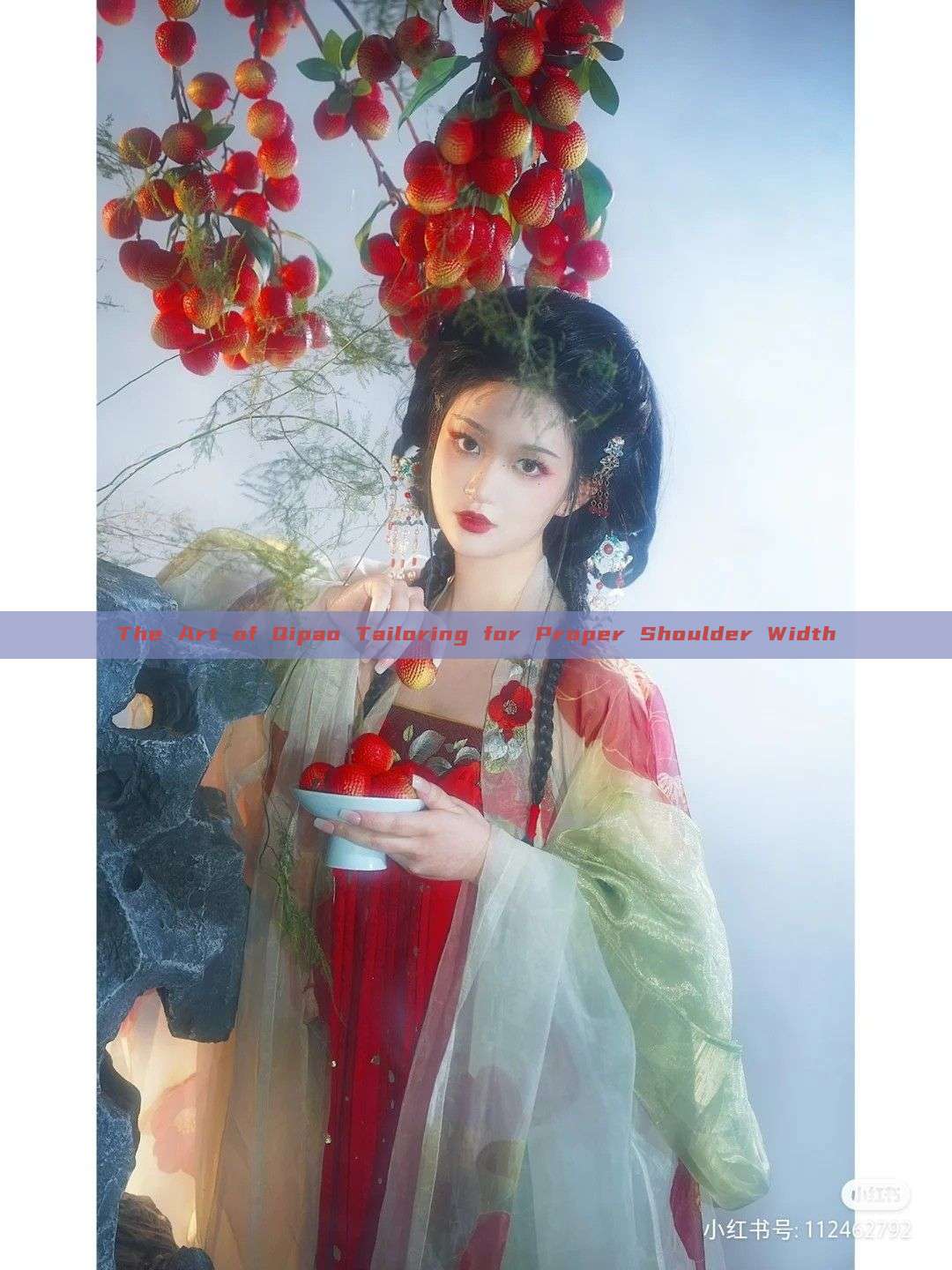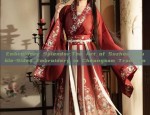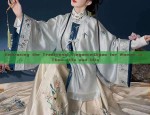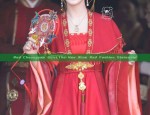The Art of Qipao Tailoring for Proper Shoulder Width
In the realm of traditional Chinese fashion, qipao, or cheongsam, embodies a rich cultural heritage and craftsmanship. This elegant garment, a symbol of grace and elegance, is not merely a piece of clothing; it is an art form that demands meticulous attention to detail. Among the many considerations in qipao design, the fit of the shoulder width holds utmost importance, as it defines the wearer’s posture and the garment’s overall aesthetic.

The art of qipao tailoring encompasses a wide range of techniques to ensure a perfect fit for every individual. The first step in creating a qipao with suitable shoulder width is to measure accurately. The tailor measures the wearer’s shoulder width to ensure a comfortable fit that neither constricts nor sagges. This measurement is crucial as it sets the foundation for the entire garment’s structure.
The design of the qipao also plays a significant role in determining the appropriate shoulder width. Different styles and cuts require different fits. For instance, a classic style qipao with a close-fitting bodice demands precision in shoulder width measurement to maintain its traditional elegance. On the other hand, a modern qipao may have more flexibility in terms of fit, but the essence of a well-crafted shoulder remains paramount.
The material of the qipao also contributes to its fit and appearance. Different fabrics have different Properties that affect how they drape and conform to the body. A skilled tailor will consider the fabric’s characteristics in determining the appropriate shoulder width. For instance, a delicate silk fabric will require a more tailored fit to show its beauty, while a heavier fabric like cotton may have more room for adjustment.
Another aspect to consider is the wearer’s body type. Different body shapes require different approaches in qipao tailoring. A tailor must consider the wearer’s shoulders, bust, waist, and hips to create a qipao that not only fits well but also enhances the wearer’s figure. For instance, a person with broad shoulders may require a slightly wider shoulder width in the qipao to balance their figure.
Moreover, traditional qipaos often feature intricate patterns and designs that demand precise fitting. A skilled tailor will ensure that the pattern aligns with the wearer’s body, emphasizing their best features while concealing any imperfections. The right shoulder width is crucial in achieving this balance.
In addition to the initial fitting, qipao tailoring involves multiple fittings to ensure a perfect fit. The tailor will adjust the shoulder width and other parts of the garment as needed to achieve the desired fit and appearance. This attention to detail ensures that each qipao is a unique piece tailored specifically for its wearer.
In conclusion, the art of qipao tailoring for proper shoulder width is a meticulous process that requires skill and expertise. It involves consideration of measurements, design, material, body type, and multiple fittings to create a garment that not only fits well but also exudes elegance and beauty. A well-crafted qipao with the right shoulder width can transform any wearer into a graceful and elegant figure, embodying the rich cultural heritage of Chinese fashion.

 Previous Post
Previous Post










